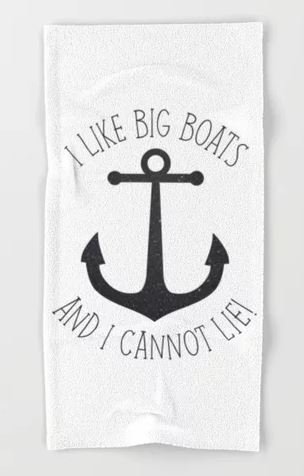Al
Guru
- Joined
- Apr 1, 2012
- Messages
- 2,206
- Location
- usa
- Vessel Name
- 'SLO'~BELLE
- Vessel Make
- 1978 Marben-27' Flybridge Trawler(extended to 30 feet) Pilothouse Pocket Cruiser[
Hi folks,
I have a suggestion to make on the subject of oil cooler failures.
I recently made a day trip with the family and had reached a 15 miles from port point when the oil pressure dropped to 20# from the normal 40#. The buzzer had not activated yet, so the shut down was early.
Checking the dip stick showed no oil, an inspection showed the bildge very oily and black!. A quick check found nothing out of place or leaking, so we added oil (I pack a two oil chnge supply of oil (2 case of 12 quarts) and struck off with an eye on the engine. There it was!!
The oii being clear and the engine clean, one had to see the oil flow to know it. The oil cooler, in our case of double design, one for engine oil and the other cylindar of two,for the reduction gear, had blown. dumping the oil.
In part fortunatly, with our old engine, the famous for rear main leaks, 4-154, I had a bread pan sized pan built and slipped it under the engine to catch the rear oil seal leakage. when we replaced the 4-154 with the current 4-236, I left the pan under the engine.
In the current issue, the pan was full of leaking oil. I bailed the oil back into the engine, added makeup oil and we took off. Every 20 minutes or so, as the oil pressure would again drop I would bail oil and make it up.
Along the way as the process was delaying and adding oil to the bilge giving me concern as to future removal I became creative.
Sorting through the parts bin, I located a double male fitting that allowed me to disconnect the oil lines from the cooler and connect the two lines with the
the double male fitting bypassing the cooler.
Now that is not a normal move for sure and the oil tempature had to have risen by some amount, however, as we had only about 5 miles remaining to reach the dock, we trudged on.
My point, is that after replacing this cooler with the new one, I will plastic tie the fitting to the cooler in anticipation of future failure or not.
Knowing the fitting it there ready. as are various small parts of other anticipated units or changes, like engine zincs and such, are right there when sneeded, day or night.
So I pass this tip on be it of value .
Regartds,
Al- Ketchikan
I have a suggestion to make on the subject of oil cooler failures.
I recently made a day trip with the family and had reached a 15 miles from port point when the oil pressure dropped to 20# from the normal 40#. The buzzer had not activated yet, so the shut down was early.
Checking the dip stick showed no oil, an inspection showed the bildge very oily and black!. A quick check found nothing out of place or leaking, so we added oil (I pack a two oil chnge supply of oil (2 case of 12 quarts) and struck off with an eye on the engine. There it was!!
The oii being clear and the engine clean, one had to see the oil flow to know it. The oil cooler, in our case of double design, one for engine oil and the other cylindar of two,for the reduction gear, had blown. dumping the oil.
In part fortunatly, with our old engine, the famous for rear main leaks, 4-154, I had a bread pan sized pan built and slipped it under the engine to catch the rear oil seal leakage. when we replaced the 4-154 with the current 4-236, I left the pan under the engine.
In the current issue, the pan was full of leaking oil. I bailed the oil back into the engine, added makeup oil and we took off. Every 20 minutes or so, as the oil pressure would again drop I would bail oil and make it up.
Along the way as the process was delaying and adding oil to the bilge giving me concern as to future removal I became creative.
Sorting through the parts bin, I located a double male fitting that allowed me to disconnect the oil lines from the cooler and connect the two lines with the
the double male fitting bypassing the cooler.
Now that is not a normal move for sure and the oil tempature had to have risen by some amount, however, as we had only about 5 miles remaining to reach the dock, we trudged on.
My point, is that after replacing this cooler with the new one, I will plastic tie the fitting to the cooler in anticipation of future failure or not.
Knowing the fitting it there ready. as are various small parts of other anticipated units or changes, like engine zincs and such, are right there when sneeded, day or night.
So I pass this tip on be it of value .
Regartds,
Al- Ketchikan

